Earwigs, also known as pincher bugs, are common pests that can quickly become trouble when they infest homes and gardens. Although their menacing pincers may seem intimidating, these insects are not harmful to humans. However, their presence causes significant damage to plants, and they can also be unsettling to see indoors.
Fortunately, there are effective DIY methods to get rid of earwigs without using harmful chemicals. In this comprehensive DIY guide, we will explore various techniques to manage and eliminate these pests from your home and garden. Additionally, if your earwig problem becomes overwhelming, we will discuss when it may be necessary to contact professional pest control services.
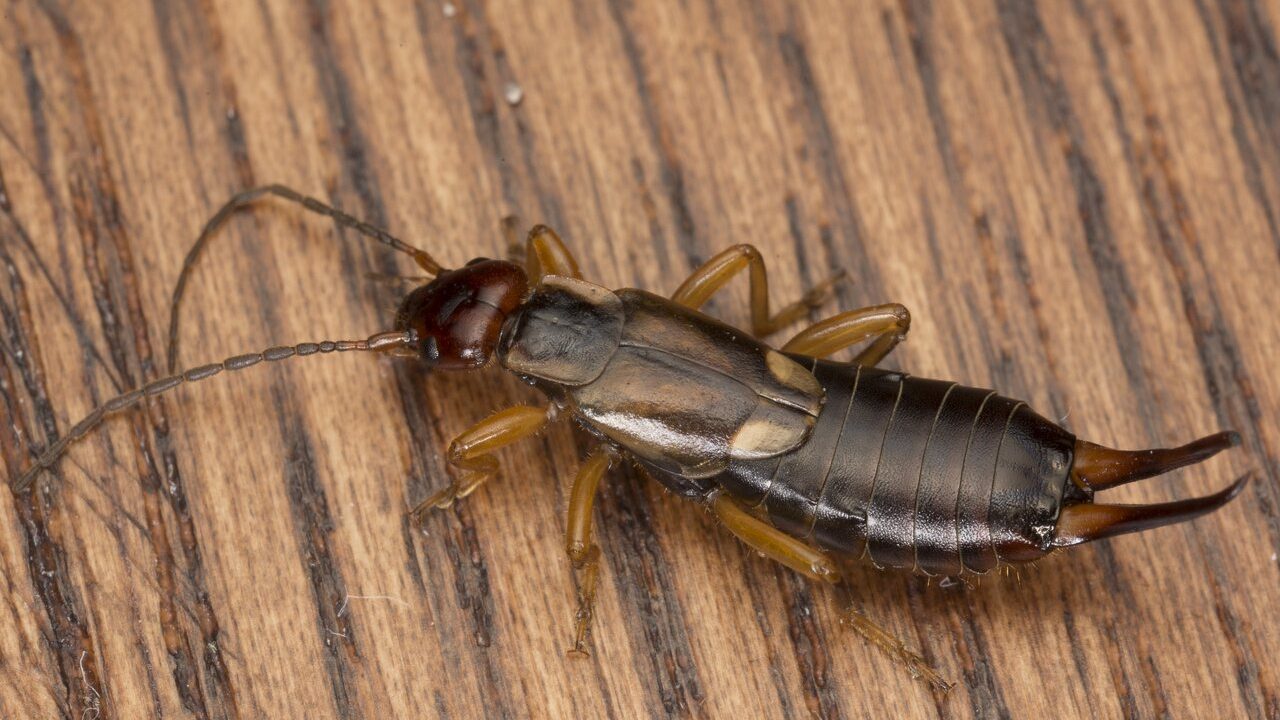
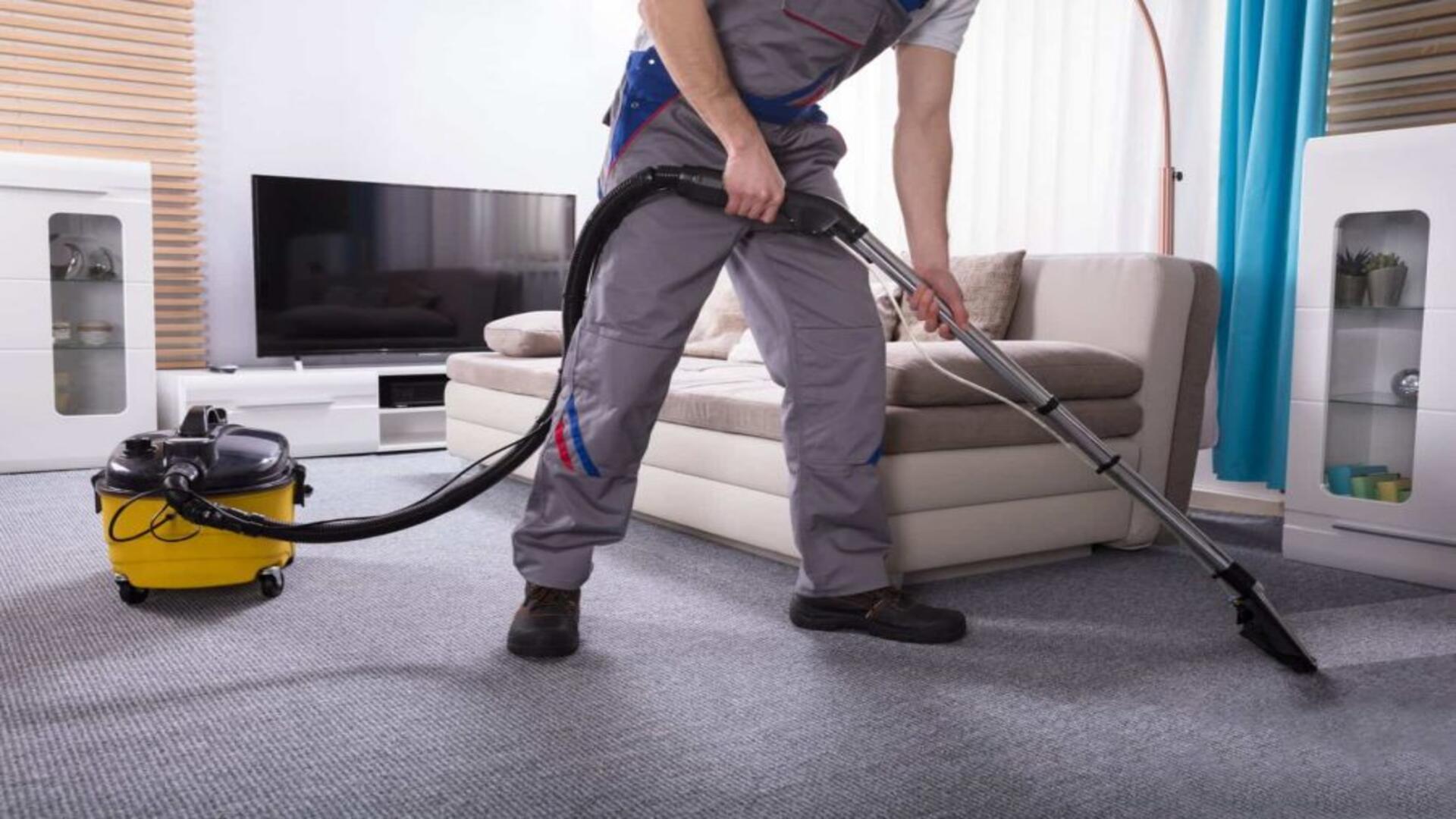

 Vacuuming
Vacuuming regularly is a fast and effective way to remove earwigs from your home. Use a vacuum cleaner with a hose attachment to reach into cracks, crevices, and corners where earwigs may be hiding. Focus on areas like baseboards, under furniture, and around moist areas such as sinks and bathtubs.
These methods work for cricket infestation inside your home, if crickets have infested your garden following methods might be helpful.
Vacuuming
Vacuuming regularly is a fast and effective way to remove earwigs from your home. Use a vacuum cleaner with a hose attachment to reach into cracks, crevices, and corners where earwigs may be hiding. Focus on areas like baseboards, under furniture, and around moist areas such as sinks and bathtubs.
These methods work for cricket infestation inside your home, if crickets have infested your garden following methods might be helpful.
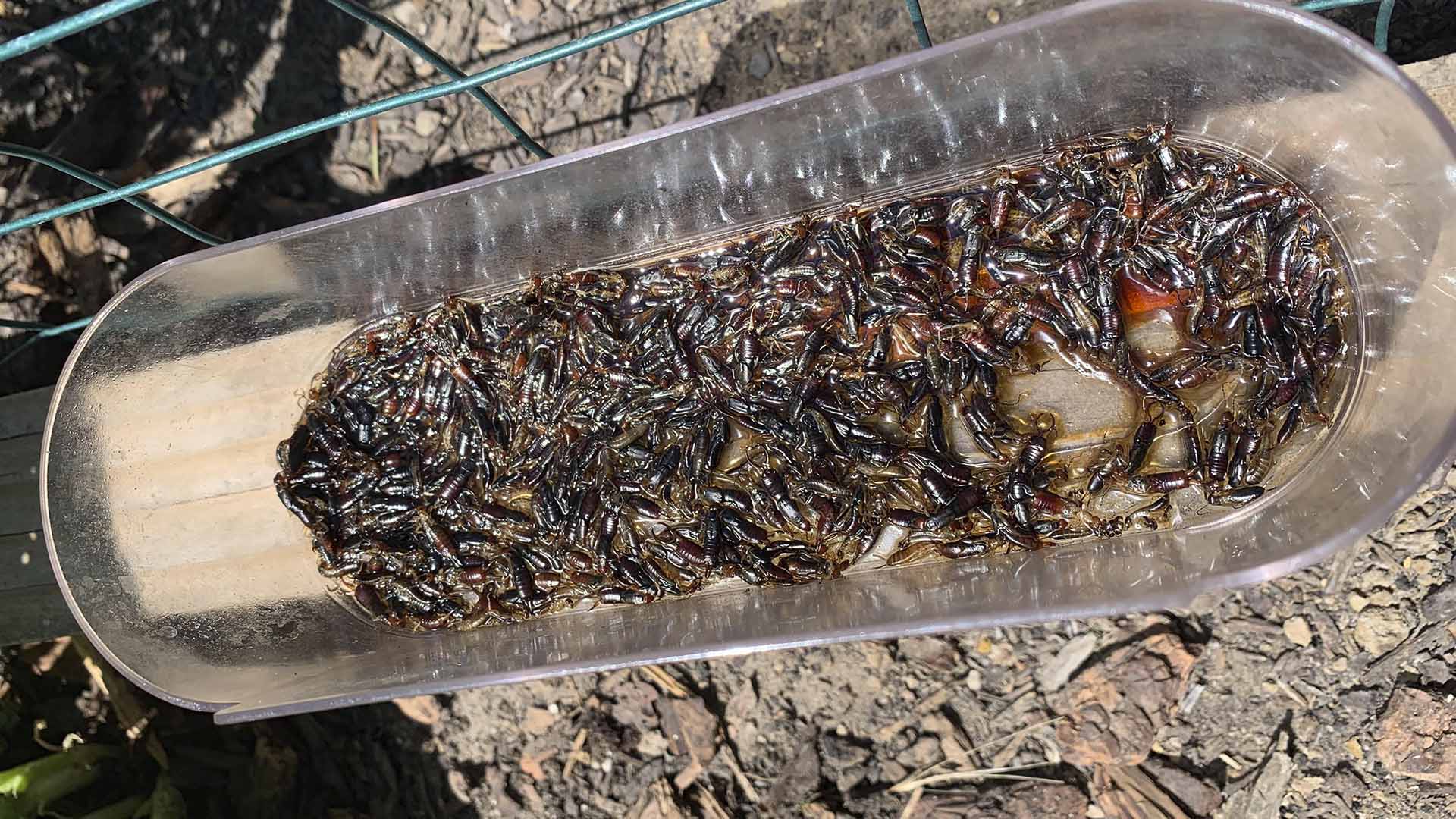 By using these methods, you’ll be able to get rid of earwigs in your garden and keep your plants safe from further damage.
By using these methods, you’ll be able to get rid of earwigs in your garden and keep your plants safe from further damage.
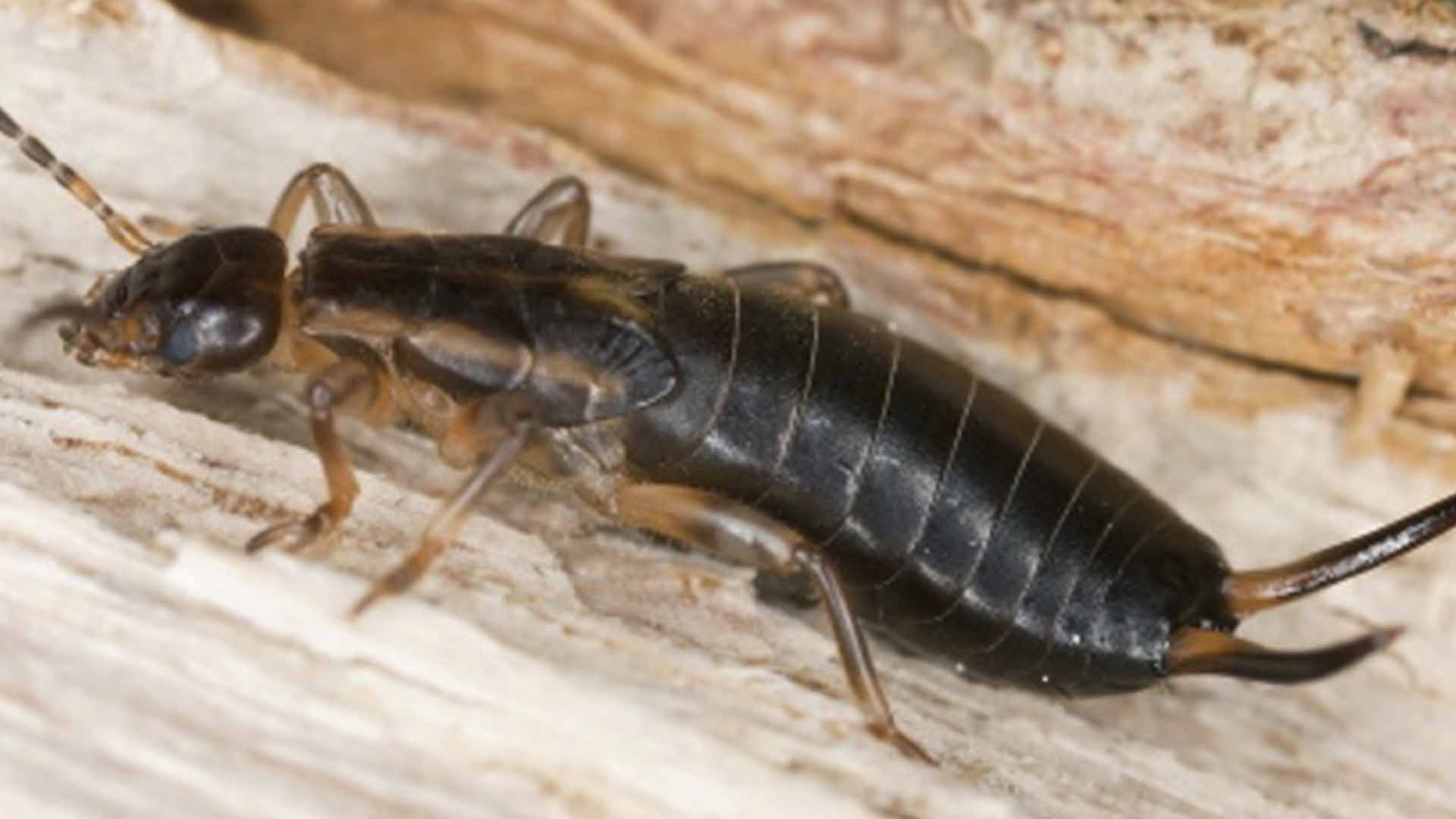
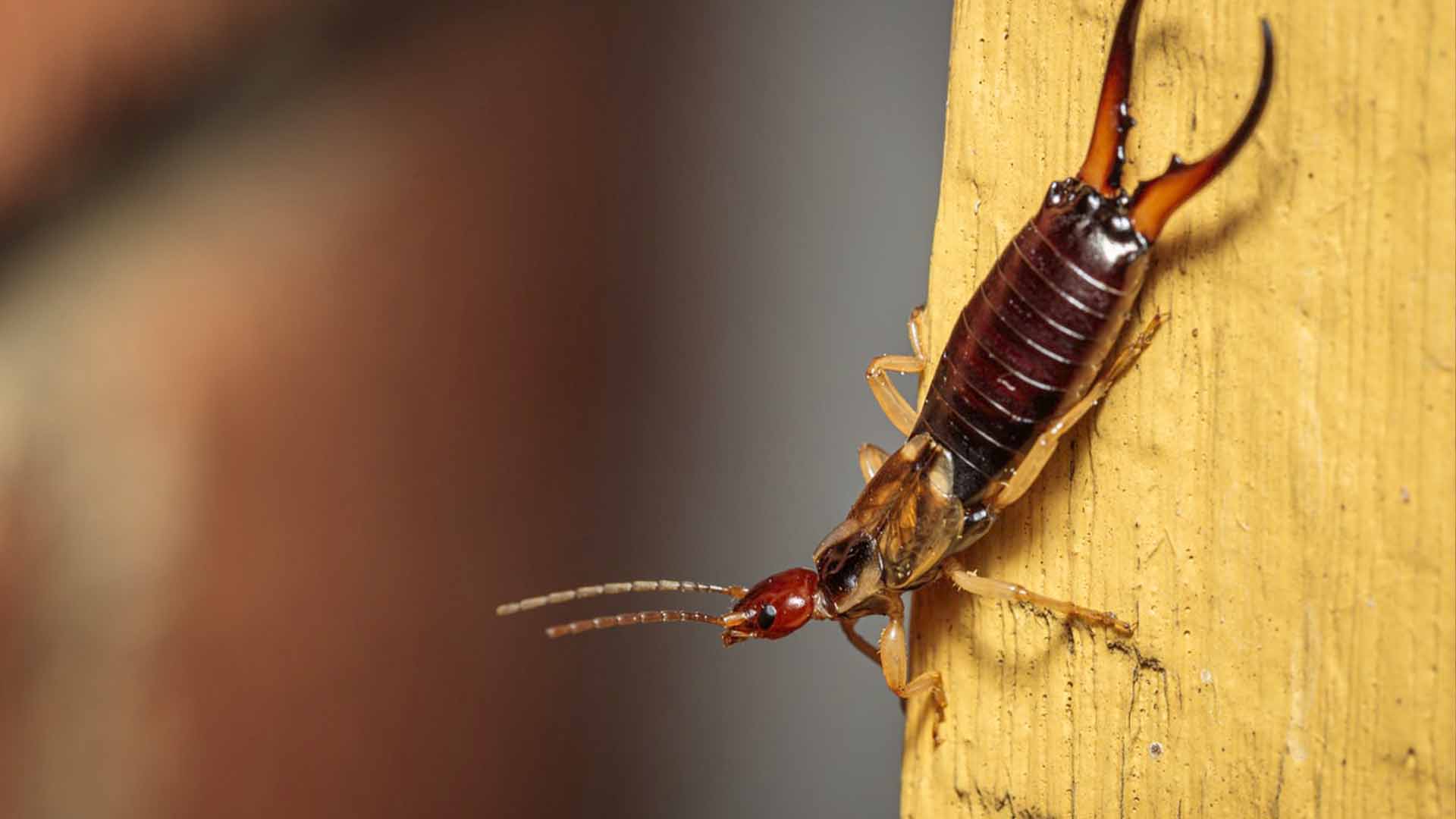
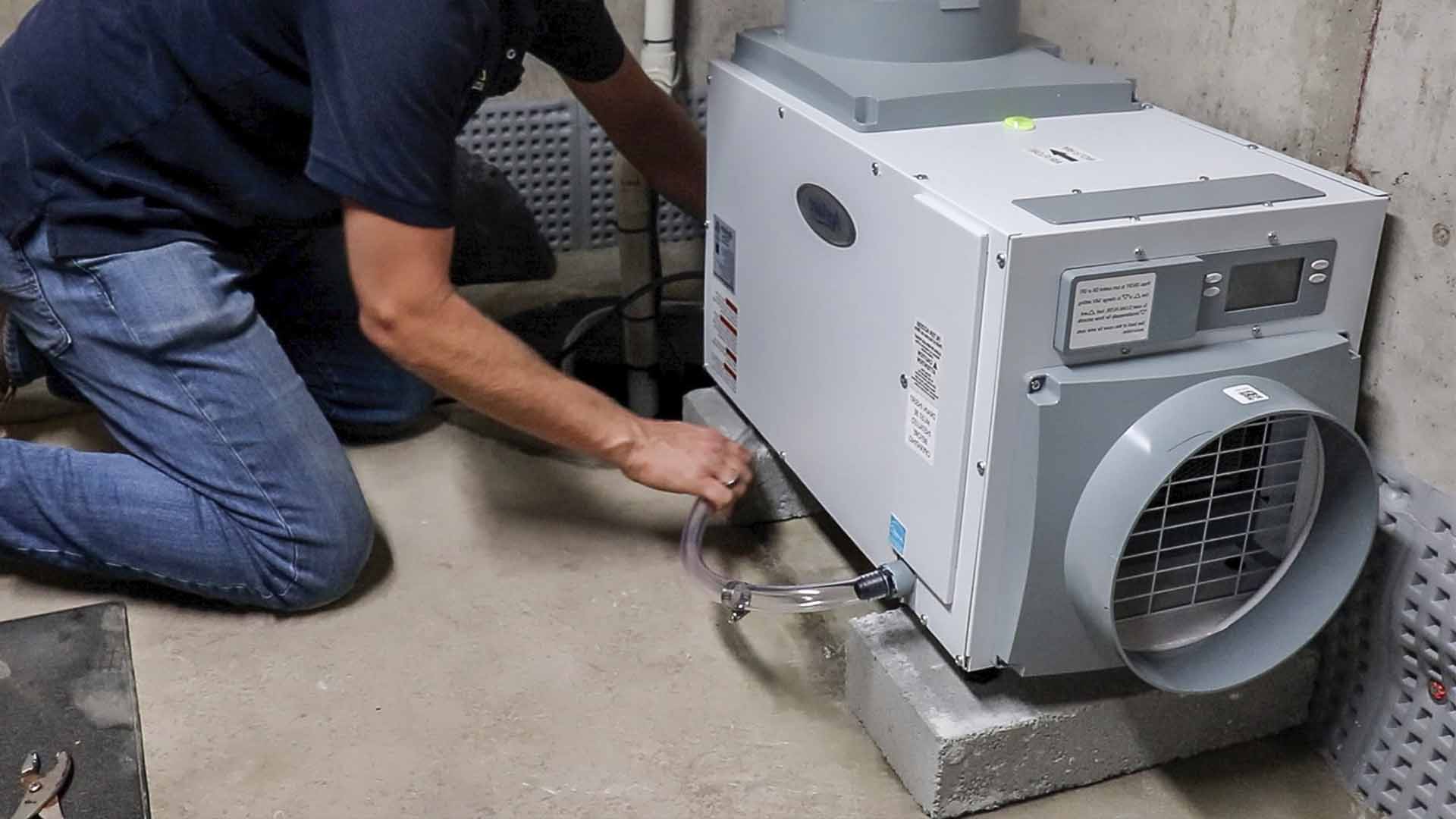 Professional pest control services can provide a customized treatment plan that targets the root of the problem, eliminating earwigs effictevely.
Professional pest control services can provide a customized treatment plan that targets the root of the problem, eliminating earwigs effictevely.

How to Get Rid of Earwigs Using DIY Methods
Reduce Moisture Levels Placing dehumidifiers in moisture-prone areas such as basements, bathrooms, and laundry rooms can significantly reduce the humidity levels in these spaces. This will make your home less hospitable to earwigs and other moisture-loving pests. Regularly inspect your home for any leaks or drips in plumbing fixtures. Fix any leaks promptly, as standing water and excess moisture will attract earwigs. Seal Entry Points Preventing earwigs from entering your home is an effective method of getting rid of earwigs. These insects can slip through even the smallest cracks and gaps, so it’s important to thoroughly inspect your home and seal any potential pointry of entering. Use silicone caulk to seal any gaps around windows, doors, and the foundation of your home. Be sure to check baseboards, window sills, and other areas where small gaps may allow earwigs to enter. Install weatherstripping around doors and windows to create a tight seal that prevents earwigs from slipping through. Check that door sweeps are intact and that there are no gaps between doors and the floor. If you have damaged or torn window screens, repair or replace them. Earwigs can easily enter through broken screens, so it’s important to keep them in good condition. By sealing off entry points, you can effectively reduce the chances of earwigs getting into your home, making it easier to keep them under control. DIY Traps for Earwigs Setting up DIY traps is a highly effective way to get rid of earwigs without resorting to harsh chemicals. There are several types of traps you can create using household materials: Oil and Soy Sauce Trap: One of the most popular DIY methods involves using a shallow dish filled with a mixture of vegetable oil and soy sauce. The scent of the soy sauce attracts earwigs, and the oil traps and kills them. Place these traps in areas where you’ve seen earwig activity, such as in corners, near baseboards, or under sinks. Damp Newspaper Trap: Another effective trap involves rolling up a damp newspaper and leaving it out overnight. Earwigs will crawl inside the paper to seek shelter. In the morning, you can discard the newspaper (with the earwigs inside) in a sealed plastic bag. These traps are simple to set up, non-toxic, and provide an easy solution for reducing earwig populations inside your home.

Not getting a solution?
Get your free pest control estimate today!How to Get Rid of Earwigs in the Garden
If you’re dealing with earwigs in the garden, you may notice damage to plants, particularly younger ones, as well as fruits and vegetables. Earwigs can cause considerable harm to gardens if left unchecked. Here’s how to get rid of earwigs in your garden using DIY methods:Remove Garden Debris
-
Regularly clean up garden debris, such as dead leaves, mulch, and compost, to eliminate hiding spots for earwigs.
-
Rake mulch away from the foundation of your home and garden beds to create a dry zone that earwigs are less likely to cross.
-
Remove dead leaves, fallen fruit, and decaying plant material regularly to reduce shelter and food sources for earwigs.
DIY Outdoor Traps
-
Oil and Soy Sauce Trap: Place shallow containers filled with a mixture of vegetable oil and soy sauce near plants damaged by earwigs. The scent will attract the insects, and they will drown in the oil.
-
Cardboard or Newspaper Traps: Lay damp cardboard or rolled-up newspapers around garden beds. Check these traps in the morning for earwigs and dispose of them along with the insects.
-
These outdoor traps effectively reduce earwig populations, protecting your garden from damage.

Create a Dry Zone Around Your Home
-
Remove Mulch and Organic Material: Keep a six- to twelve-inch barrier around your home’s foundation free of mulch, leaves, and other organic material. These materials retain moisture, which attracts earwigs.
-
Use Gravel or Dry Soil: Replace mulch or organic material near your home with gravel or dry soil. This creates a less hospitable environment for earwigs, keeping them away from your home and garden.
Protect Your Plants from Earwigs
-
Diatomaceous Earth (DE): Sprinkle this natural, non-toxic powder around the base of your plants to dehydrate and kill earwigs on contact. Safe for humans, pets, and plants, DE is an excellent solution for organic gardening.
-
Insecticidal Soap: Spray insecticidal soap directly on earwigs and plants to kill them without harming your garden. It’s effective against earwigs and other soft-bodied pests.
-
Barrier Methods: Use row covers or plant collars to create physical barriers that prevent earwigs from reaching your plants. These barriers allow air and water to pass through while keeping pests away.

Why Earwigs Enter Homes?
Before diving into how to eliminate earwigs using DIY methods, it’s crucial to understand why these pests are attracted to your home in the first place. Earwigs are nocturnal insects that live in moist and dark environments. Earwigs enter our homes for the following reasons: Moisture One of the primary reasons earwigs enter homes is their attraction to moisture. High humidity levels, leaks, and condensation in areas such as basements, bathrooms, kitchens, and laundry rooms create the perfect habitat for them. Outside, earwigs are often found in moist soil, garden beds, and under piles of leaves or mulch. This environment allows them to thrive, and when conditions outside become dry or unfavorable, they may move indoors to find a more suitable environment. Hiding Spots Earwigs love to hide in dark, secluded places where they can avoid predators and remain undisturbed. Inside your home, these pests are likely to hide in cracks, crevices, and damp corners. Outdoors, they tend to hide under mulch, leaf piles, stones, and garden debris. Providing them with fewer hiding spots is one of the most effective ways to get rid of earwigs and prevent future infestations. Food Sources Earwigs are omnivores, meaning they consume both plant material and other small insects. Outdoors, they may chew on plants, fruits, vegetables, and decaying organic matter. Indoors, they can be attracted to crumbs, food scraps, or organic debris. Reducing the availability of food both inside and outside your home can help deter earwigs from taking up residence in your living spaces.
Preventing Earwigs from Returning
Once you’ve successfully eliminated earwigs from your home and garden, the next step is to implement strategies to prevent them from returning. Preventative measures are key to keeping your home earwig-free in the long run. Here’s how you can keep earwigs at bay: Improve Drainage in Your Yard Excess moisture is one of the main reasons earwigs are attracted to your garden and home. Improving drainage in your yard can significantly reduce the likelihood of an earwig infestation. Make sure your garden is well-drained and that rainwater is not pooling around your home’s foundation. Ensure that gutters and downspouts are directing water away from your house to prevent excess moisture near the foundation. Remove Hiding Spots Earwigs love to hide in dark, moist places, so eliminating potential hiding spots is crucial for keeping them away. Here’s how to reduce earwig hiding spots: Stack Firewood Off the Ground: If you store firewood outdoors, make sure it is elevated on a rack and kept away from the walls of your home. Firewood piles provide the perfect environment for earwigs to hide, so keeping them off the ground will make your home less attractive to these pests. Trim Overgrown Vegetation: Overgrown shrubs, plants, and trees near your home’s foundation create shaded, damp areas that earwigs love. Trimming back this vegetation will reduce the number of hiding spots for these pests. Regular Cleaning and Maintenance Maintaining a clean home and yard is one of the best ways to prevent earwigs from returning. Regular vacuuming and dusting will help keep moisture and food sources to a minimum. Make sure to clean up crumbs and organic matter that could attract earwigs. In your garden, regularly remove debris, leaves, and other organic material that could provide shelter for earwigs.
When to Call a Professional Pest Control Service?
While DIY methods are effective for most minor earwig infestations, there are situations where professional pest control services are necessary. If you’ve tried several DIY solutions but continue to see earwigs in your house or garden, it may be time to seek professional help. Professional exterminators can offer more comprehensive solutions and access to stronger treatments that are not available to homeowners.Signs of Need For Professional Intervention
-
Persistent Infestation: Despite trying several DIY methods, if earwigs continue to appear in large numbers, a professional can conduct a detailed inspection to find and address the source of the infestation.
-
Damage to Plants: If earwigs are causing significant harm to your garden, a professional pest control service can provide stronger and more targeted treatments to protect your plants.
-
Moisture Issues: Ongoing moisture problems in your home can attract earwigs. Professionals can help identify and resolve these issues while providing long-term solutions to keep earwigs out.





